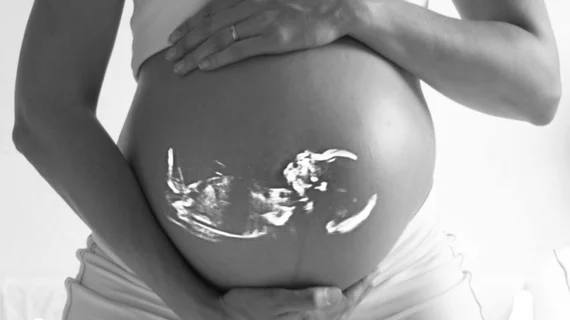A new study in the Journal of the American College of Cardiology suggests children born through assisted reproductive technologies (ART) are at an increased risk of developing arterial hypertension early in life.
About 1.7 percent of infants born in the U.S. each year are conceived through ART, which includes in vitro fertilization and intracytoplasmic sperm injection. More than six million people currently living worldwide were born with ART, noted senior author Emrush Rexhaj, MD, and colleagues.
The researchers studied 54 such individuals and compared their results on 24-hour ambulatory blood pressure monitoring (ABPM) with those of 43 age- and sex-matched control subjects who were naturally conceived. The average ages of the ART and control participants were 16.5 and 17.4, respectively.
According to Rexhaj et al., the ART group had higher systolic and diastolic blood pressures than control individuals—119/71 mm Hg versus 115/69 mm Hg. In addition, eight of the ART participants and only one of the control adolescents exceeded the 130/80 cutoff for arterial hypertension.
Each person in the study had been evaluated five years previously. At that point, blood pressures were similar but those born through ART already showed evidence of premature vascular aging “as evidenced by a roughly 25 percent smaller (flow-mediated dilation) in the brachial artery, increased (pulse-wave velocity), and increased carotid (intima-media thickness),” Rexhaj and colleagues wrote.
“We found that ART-induced premature vascular aging persisted over a five-year period in apparently healthy adolescents and young adults without any detectable classical cardiovascular risk factor and progressed to increased arterial BP and BP (variability), as assessed by 24-hour ABPM,” the authors continued. “These data underscore the potential of ART to increase cardiovascular risk in this rapidly growing group.”
In a related editorial, three researchers said the small study “may actually understate the importance of this problem” because populations at high risk for developing early-onset hypertension were excluded from the study. That includes individuals who were part of multiple-birth pregnancies, or whose mothers had chronic hypertension, diabetes, preeclampsia or obesity.
“If adolescent hypertension risk is really six-fold higher in ART patients (and potentially subsequent generations), consequences for longevity will be vast given the millions of patients whose births were achieved by using ART methods,” noted the editorialists, led by Harvard researcher Larry A. Weinrauch, MD. “Early study, detection, and treatment of ART-conceived individuals may be the appropriate ounce of prevention.”

